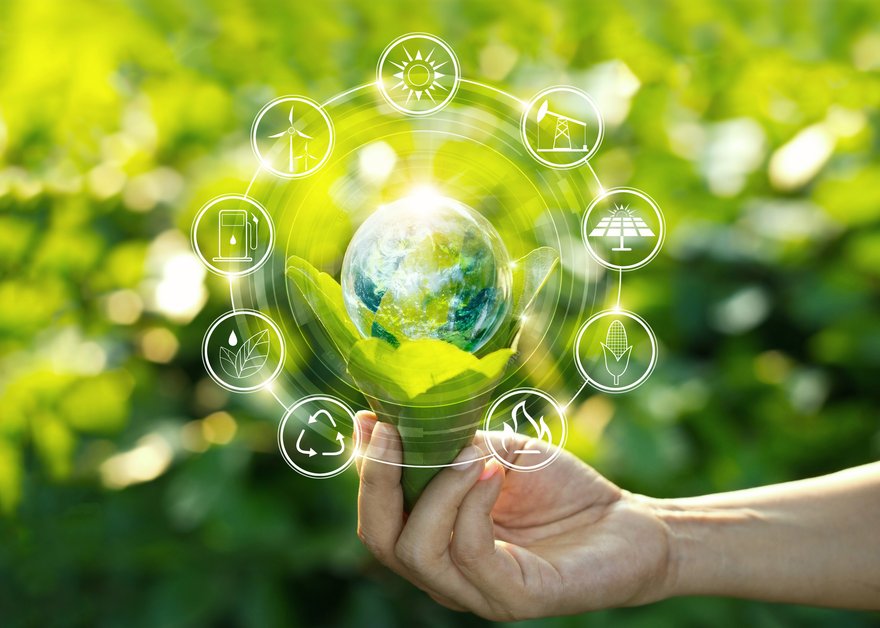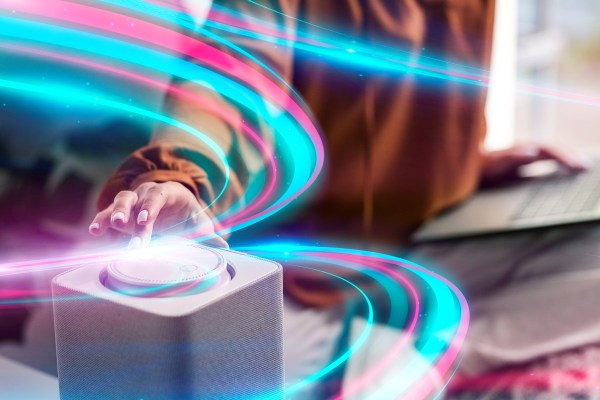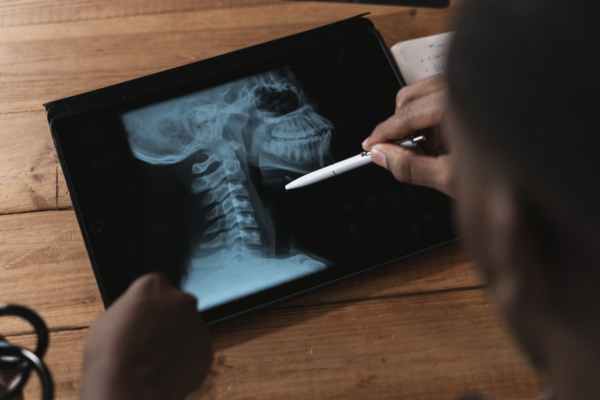On the occasion of the World Environment Day, the European Union is celebrating the EU Green Week to advance and strengthen its commitment to fulfill the goals set in the Green Deal. This year the event was entitled “Make it Real”, drawing three main action lines: circular economy, pollution, and biodiversity. Besides these topics, this year’s edition has been inevitably traversed by geopolitical tensions, being the energy transition a key topic of the discussion.
The disruption that this situation has caused to not only the energy market, but Europe as a whole, has heightened the need to adopt a new framework that fosters the transition to a low-carbon economy through innovation while increasing Europe’s strategic autonomy. Overall, the EU is going through a period of profound changes. The digital, green and energy transition seem to be at the center of Europe’s transformation, improving the sustainability, resilience and competitiveness of our economies. Nonetheless, for this to happen it needs to embrace the synergies between all three transitions.
The twin transition as the driver of European energy transition
When conceiving the Green Deal, the energy transition was included as a key component in the consecution of sustainability goals. While this remains, the geopolitical tensions have introduced a new meaning to this transition, becoming one of EU’s top priorities. In this regard, the European Commission presented last month the RepowerEU plan to speed this trasformation while reducing Europe’s dependency on Russian fossil fuels.
” There is no energy transition without digitization.”
José María Álvarez-Pallete
Digital technologies have the ability to increase energy efficiency and Europe’s renewable capacity, embracing the green. For instance, digitalization can significantly improve the design and performance of energy grinds, resulting in cheaper costs and shorter construction timelines. Furthermore, new technologies such as sensors and Artificial Intelligence can increase efficiency by limiting consumption to the amount of energy required or by optimizing energy-intensive processes.
At Telefónica, we support a digital-green energy transition, enhancing both energy efficiencies and renewable consumption. We have not only implemented 188 energy efficiency initiatives but also we are helping industries and buildings to decrease their energy consumption through our digital services, avoiding more than 9.5 million tCO₂e. In addition, Telefónica and Repsol have set up a Joint Venture to increase the production of renewables, customizing its service for each customer based on their consumption habits and seeking to maximize energy savings.
The Twin Transition needs to be boosted
We need a massive transformation of our economic system, enhancing business models that merge the digital and green dimensions. In 2021, the EU launched the Taxonomy Regulation to canalize private capital into activities that meet the ESG criteria. To the date, the Taxonomy Regulation has advanced towards sustainable development, paying special attention to mitigation and adaptation activities. This entails a shift of European -and global- capital into green projects, However, this regulation does not entirely acknowledge the enablement effect of the digital technologies in sustainability, including the energy dimension. To this aim, initiatives such as the European Green Digital Coalition are developing a measure of the enablement effect to further promote the Twin Transition.
Europe is in an excellent position to become a green digital leader; however, it needs a regulatory framework that fosters the Twin Transition as well as the opportunities that it brings to the energy transition. Policymakers need to set clear guidelines for the fulfilment of the Digital, Green and Energy transformation, enhancing a unified approach and harmonizing current and future regulations with EU’s goals.
In the moment the EU is living, all three transitions cannot be conceived separately. Europe’s Digital, Green and Energy transformation must pursue the same path, driving the transformation of our economies and societies. There is still a long way to go to “Make it Real”. If we want to arrive to the finish line, we must walk together, and the digitalization is the central piece that can make it all work.







